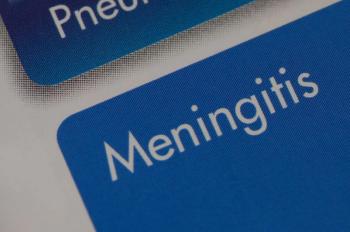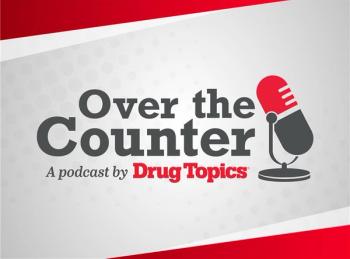
CGM Roundup: New OTC Approvals, Impact of User Experience, and More
Catch up on important continuous glucose monitoring (CGM) news from the month of June.
The FDA has provided clearance to 2 over-the-counter (OTC) continuous glucose monitor (CGM) systems, health care technology company Abbott announced. The new OTC devices are based on the company’s FreeStyle Libre sensing technology, which is the most widely used CGM system in the world.
Despite variability, CGMs have the potential to increase adherence, improve self-management, and reduce the burden of care associated with diabetes. Two abstracts presented at the American Diabetes Association 84th Scientific Sessions, held June 21 to 24 in Orlando, Florida, explored how positive user experiences with a CGM can lead to better patient outcomes.
There is a high prevalence of hyperglycemia among patients with early stage breast cancer who are receiving treatment with chemotherapy, according to research presented at the American Society of Clinical Oncology 2024 Annual Meeting, held May 31 to June 4 in Chicago, Illinois. The data also showed that the time patients spent in hyperglycemia was markedly different depending on baseline A1c levels.
CGM is becoming the standard of care for patients with diabetes to measure and control blood glucose levels. To address the current lack of CGM in low-income communities, researchers aimed to assess the current knowledge of the technology in a community hospital outpatient clinic that serves a low-economic population.
A continuous glucose monitoring (CGM) optimization program can help patients with diabetes become more self-aware and give health care providers additional insight into glycemic control, according to new research presented at the Endocrine Society’s 2024 annual meeting, held June 1 to 4 in Boston, Massachusetts.
The American Diabetes Association 84th Scientific Sessions, held June 21 to 24 in Orlando, Florida, included dozens of abstracts focused on continuous glucose monitor (CGM) use. Read on for a recap of some of these abstracts, focused on the use of CGM technology in type 2 diabetes.
The use of continuous glucose monitoring (CGM) has created a large-scale model for tracking lifestyle data and improving mortality in patients with diabetes. With the use of CGM data, patients can track blood glucose levels and adjust lifestyle behaviors in real time.
The global prevalence of type 1 diabetes (T1D) in people 65 years of age and older increased between 1990 and 2019, while mortality rates associated with the disease decreased substantially during the same period, according to research published in BMJ.
Don’t get left behind: Sign up today for our
Newsletter
Pharmacy practice is always changing. Stay ahead of the curve with the Drug Topics newsletter and get the latest drug information, industry trends, and patient care tips.






































































































































